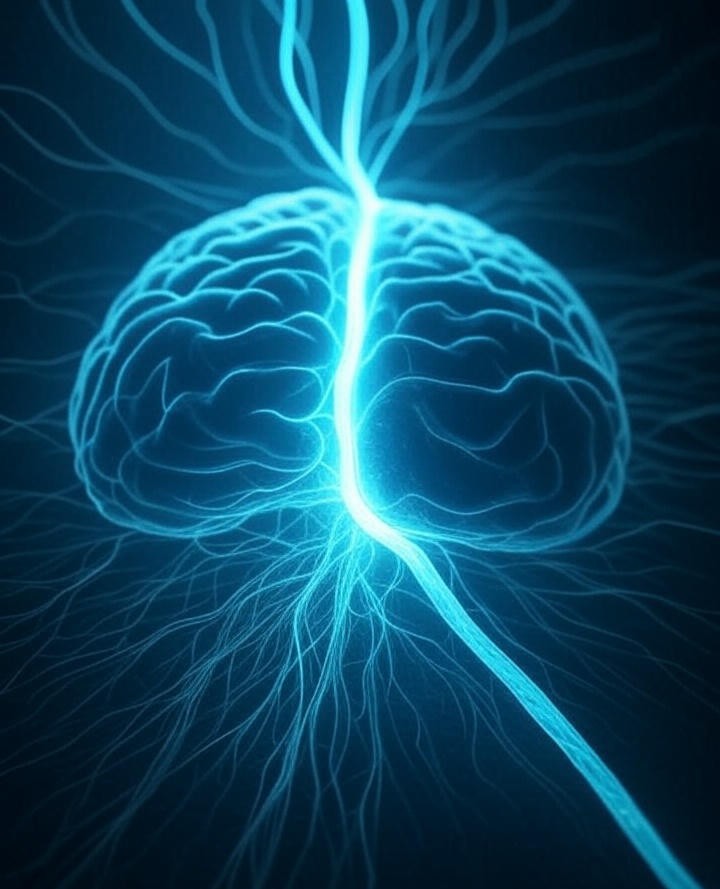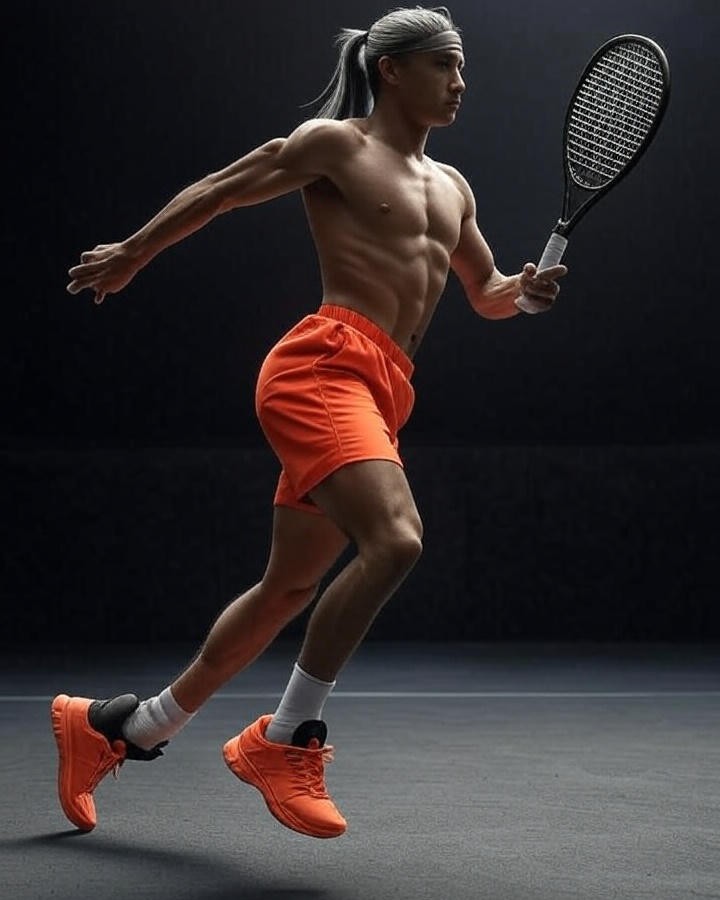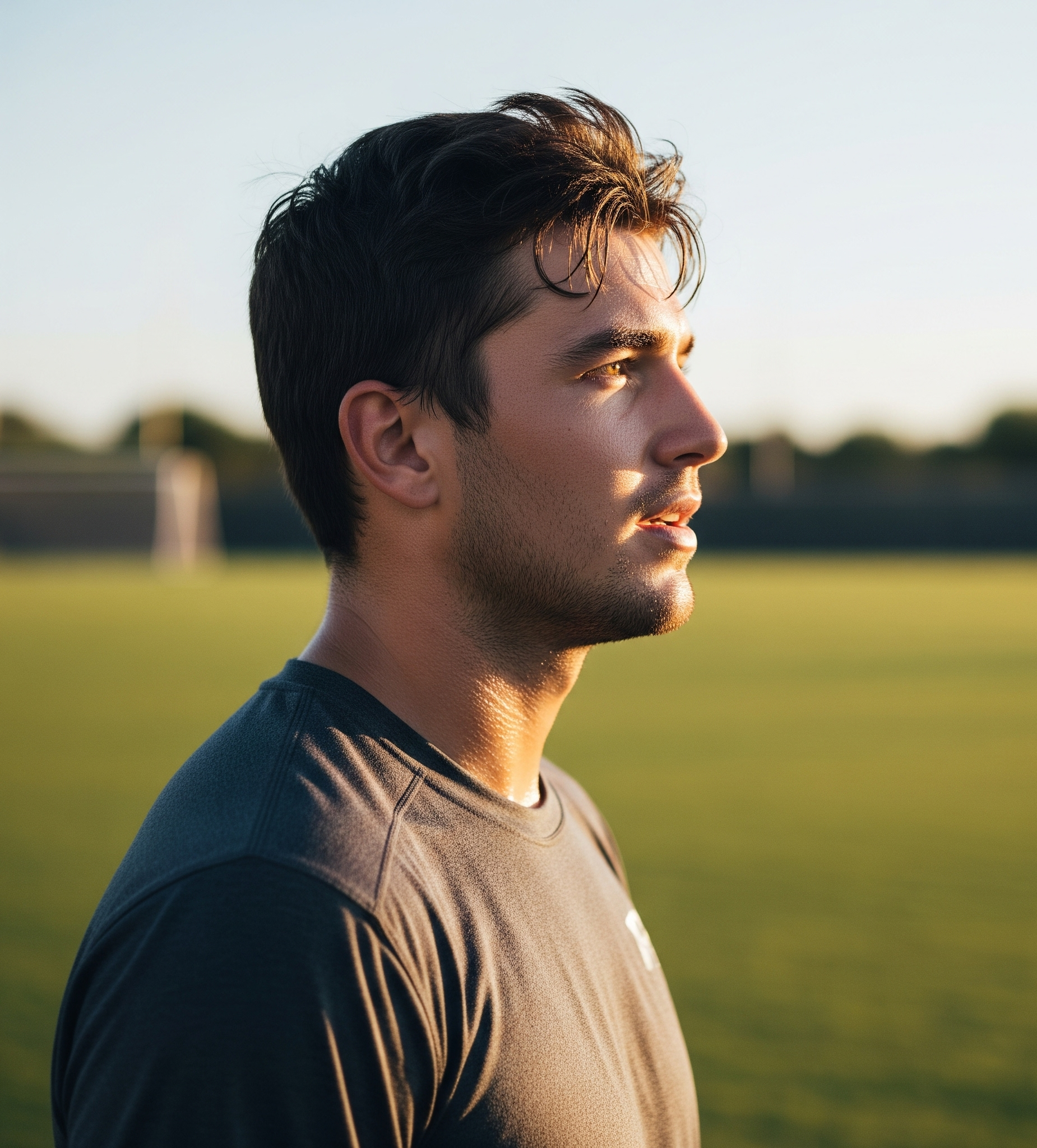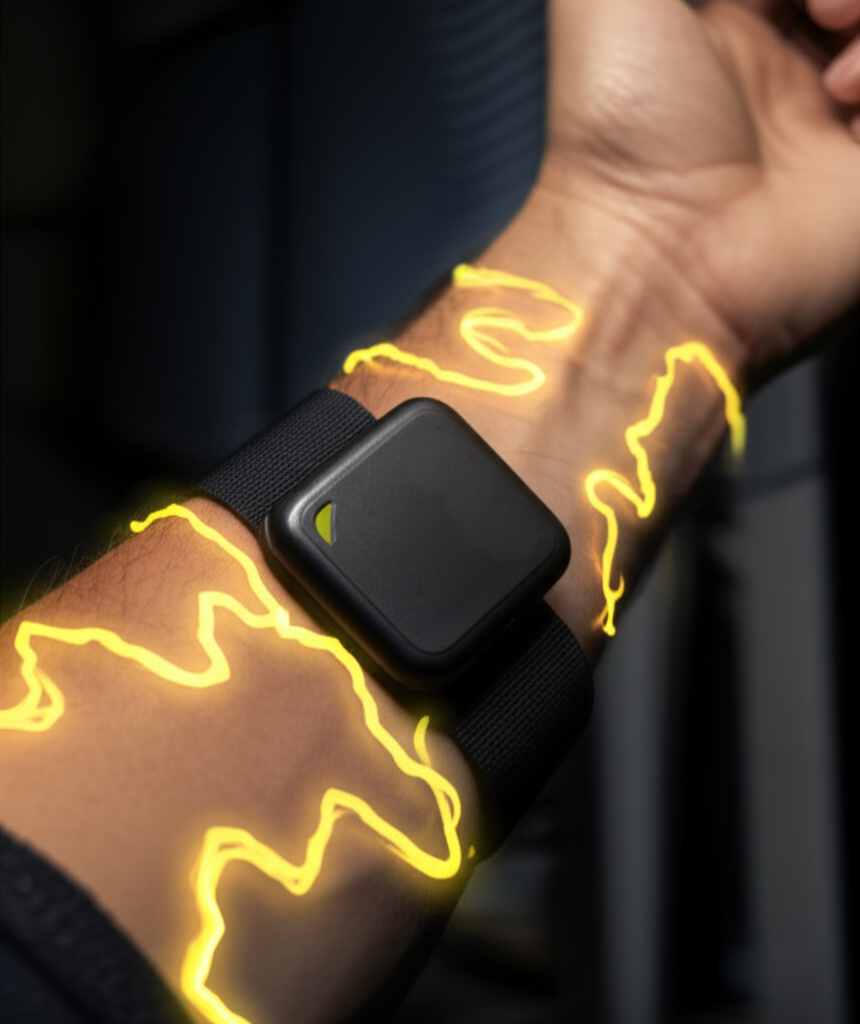Part 1: The Modern Athlete's Dilemma: Drowning in Data
Imagine a dedicated golfer on the driving range. He’s armed with a launch monitor, a pressure plate, and a smartphone app running in tandem. With every swing, a mountain of data floods his screen: club path, face angle, attack angle, dynamic loft, ground force, swing tempo, peak velocity. The technology promises a shortcut to mastery, a digital key to unlock the perfect swing. Yet, after an hour, he’s not exhilarated; he's exhausted. His swing feels disjointed, his mind is cluttered, and his performance has regressed.
He is a victim of the Cognitive Load Catastrophe.
This experience is not unique to golfers. It is the central paradox facing the modern athlete and performer. We live in an age of unprecedented access to information, yet this firehose of data often quenches the very flame of progress it was meant to fuel. The result is a state of mental gridlock, a frustrating condition known as ‘paralysis by analysis’. We are led to believe that more information is the answer, but we are left feeling more confused than ever.
The villain in this story is a concept from neuroscience called Cognitive Load. Think of your brain’s working memory as a computer’s RAM. It has a finite capacity for actively processing information at any given moment. When you try to think about your grip pressure, your takeaway, your hip rotation, your follow-through, and a dozen other data points simultaneously, you catastrophically overload this system. Learning doesn’t just slow down; it stops. Your brain, overwhelmed by the sheer volume of commands, cannot send the clear, consistent signals your body needs to learn a new movement pattern.
This is the core challenge any effective learning strategy must overcome. Before we can build, we must first clear away the noise. The path to improvement is not paved with more data, but with more clarity.
To do this, it's essential to understand the complete framework you're working within—viewing the athlete not as a collection of parts to be fixed, but as a single, integrated system.
Part 2: The Brain's Operating System for Skill

To understand the solution, we must first understand the remarkable machinery we are working with. The human brain is not a static organ. It is a dynamic, living network that physically rewires itself based on our actions and thoughts. This capacity is known as neuroplasticity, and it is the biological foundation of all human skill.
Every time you practice a movement, you are sending electrical signals through a specific network of nerve fibers. Think of this as blazing a trail through a dense forest. The first few times, the path is rough and slow. But with focused repetition, something incredible happens.
This is where the groundbreaking work of researchers like Daniel Coyle, author of The Talent Code, becomes essential. Coyle explains that our nervous system has a biological mechanism for making these pathways permanent and efficient. With each targeted repetition of a skill, a substance called myelin wraps around the activated nerve fibers. Myelin acts like the insulation on an electrical wire, preventing the signal from leaking out and allowing it to travel faster and with greater precision.
The more layers of myelin you build around a specific neural circuit, the more effortless and automatic the corresponding skill becomes. A thought translates into action with astonishing speed and accuracy. This is not metaphor; it is biology. The fluid grace of a master pianist or the explosive power of a professional athlete is the physical manifestation of a well-myelinated neural pathway, built one focused repetition at a time.
This myelination process refines what scientists call the brain's internal "body map," or motor schema. This is the intricate blueprint your brain holds for executing a complex movement. When you first learn a skill, this map is a crude sketch. When you try to fix too many things at once, you are essentially scribbling all over this sketch, making it illegible. The key to mastery is to refine one small part of this blueprint at a time, making a clear, definitive, and permanent change before moving to the next.
Part 3: The Neurological Superpower: Unleashing Focused Practice

Here we arrive at the central, powerful truth: trying to fix five things at once is not a 5x strategy; it's a 0x strategy. Multitasking is the enemy of myelin. When you divide your attention, you send weak, inconsistent, and fuzzy signals down multiple pathways. Your brain doesn't know which circuit to prioritize, and therefore, it cannot effectively build myelin around any of them. The result is wasted time and immense frustration.
This is why the power of single-tasking in learning is a neurological superpower.
By choosing to focus on a single, specific flaw—and only that flaw—you harness your brain's full cognitive capacity. You dedicate all your mental resources to sending one clear, strong, and precise signal, over and over again. This is the optimal condition for building myelin. Each repetition adds another layer, strengthening the circuit and making the desired movement more ingrained and automatic.
This methodology has a name: Deliberate Practice. Popularized by the research of Anders Ericsson, author of Peak, this is the proven science of how experts are made. Deliberate Practice is not simply hitting a bucket of balls. It is a systematic and purposeful process defined by several key elements:
- A Specific Goal: Not "get better," but "keep my head still during my backswing."
- Intense Focus: All available mental energy is directed at that one specific goal.
- Immediate Feedback: A mechanism to know instantly whether you succeeded or failed in your goal for that single repetition.
- Constant Refinement: Continuously adjusting based on that feedback.
This approach transforms practice from a mindless chore into a highly targeted, scientific endeavor. It answers the question of how to reduce cognitive load in sports by making the task singular and clear. It is the most efficient and effective way to leverage your brain's natural learning hardware.
Part 4: The Science in Action: A Framework for Mastery
Understanding the science is the first step. Applying it is what creates change. The neuroscience of focused practice can be distilled into a simple, actionable framework that you can apply to any skill. This framework aligns with a "Problem-First" approach—it starts not with a deluge of solutions, but with a single, clear diagnosis.

Diagnose: Find Your One Thing. The most crucial step is the first one. Before you can practice deliberately, you need to know what to practice. The goal is to get a simple, clear, and unambiguous "check engine light" that points to the single most critical flaw holding you back. This diagnosis must cut through the noise of secondary and tertiary symptoms to identify the root cause. It is not a list of ten problems; it is the one thing that, if fixed, will have the greatest positive impact on your performance.
Isolate: Make the Movement Conscious. Once you have your "one thing," your task is to isolate it. If your diagnosis is "straighten your elbow," your entire focus during practice is on the feeling of straightening the elbow at the right time. You must connect your conscious mind to that specific physical sensation, bridging the gap between what you think you are doing ("feel") and what you are actually doing ("real"). This act of isolation ensures your cognitive load is dedicated to a single, achievable task.

GOAT Sensors are designed specifically for a deliberate practice experience.
Repeat with Focus: Build the Myelin. This is where the work is done. With your focus locked on the isolated movement, you begin your repetitions. This is not about quantity; it is about the quality of focus in every single attempt. Each focused rep sends a clear signal. Each clear signal adds a layer of myelin. You are not just swinging a club or a racket; you are physically building a high-speed neural superhighway for that specific skill. The feedback you receive must also be contextual. You don't need to know your launch angle if you are working on your grip. You only need to know: "Did I execute my one thing correctly on that rep?" This is the only data point that matters.
Part 5: Conclusion: The End of Guesswork
We began with an athlete drowning in a sea of data, a perfect illustration of the Cognitive Load Catastrophe. We have journeyed through the deep science of the brain, understanding that skill is not a mystery, but a biological process of building insulated neural pathways. We have discovered that the key to unlocking this process is not more information, but less. It is about the strategic, focused power of single-tasking.
The most profound realization is that the path to achieving your full potential is not about working harder with more information, but working smarter with more clarity. It's about trading the anxiety of guesswork for the confidence of a clear plan. This is the promise of a new era in learning and performance—a partnership between human potential and intelligent technology designed not to overwhelm, but to empower.
The path is now clear.
What is the one thing you will focus on in your next practice?
Find Your 1 Thing for FREE